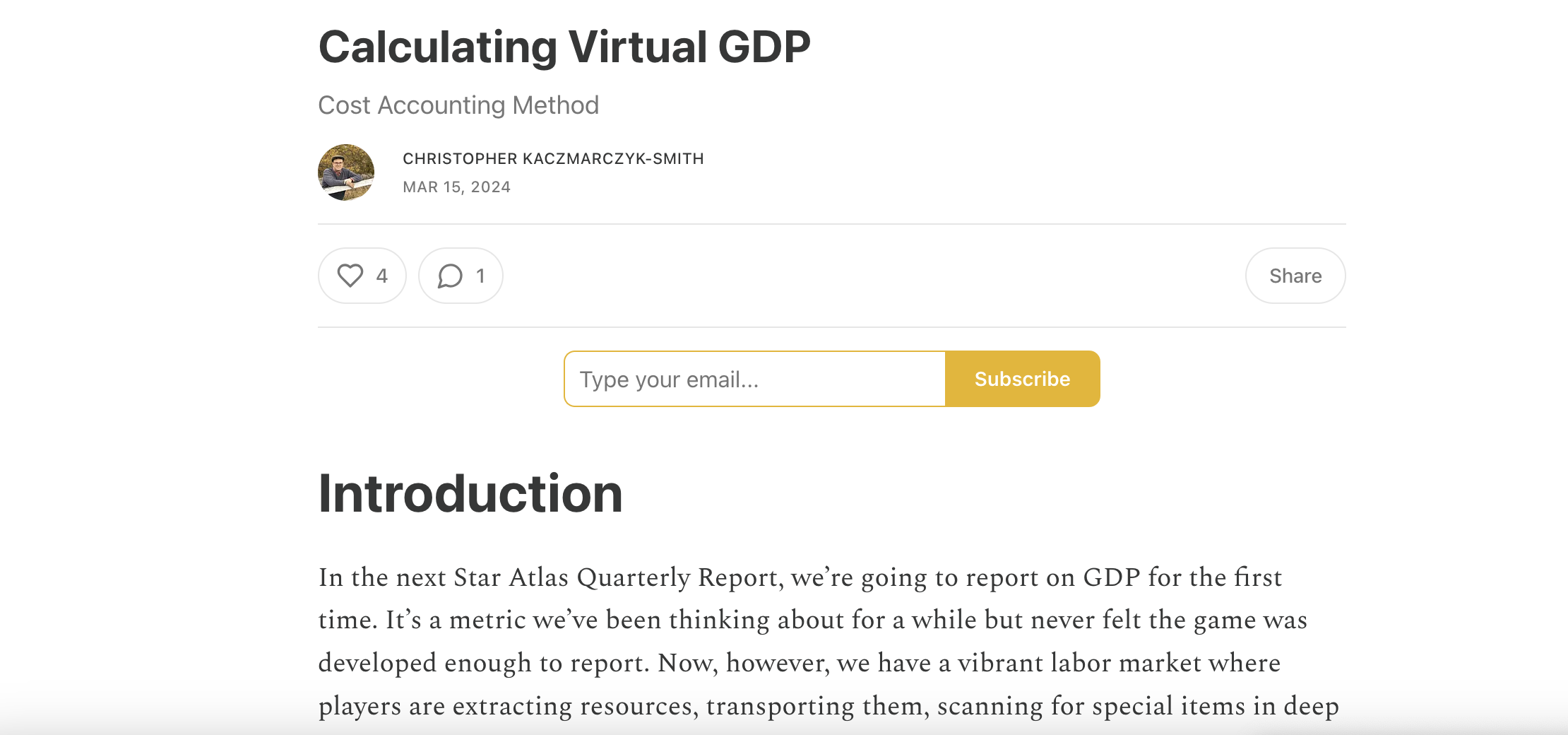The hacker behind the $321 million Wormhole bridge attack has shifted a large chunk of stolen funds, with transaction data showing that $155 million worth of Ether (ETH) was transferred to a decentralized exchange (DEX) on Jan 23.
The Wormhole hack was the third largest crypto hack in 2022, after the protocol’s token bridge suffered an exploit on Feb. 2, 2022, that resulted in the loss of 120,000 Wrapped ETH (wETH) around worth $321 million.
According to the transaction history of the hacker’s alleged wallet address, the latest activity shows that 95,630 ETH was sent to the OpenOcean DEX and then subsequently converted into ETH-pegged assets such as Lido Finance’s staked ETH (stETH) and wrapped staked (wstETH).
The hacker’s hefty ETH transaction appears to have had a direct impact on the price of stETH according to data from Dune Analytics. The asset’s price went from slightly under peg of 0.9962 ETH on Jan. 23, to as high as 1.0002 ETH the following day, before dropping back to 0.9981 at the time of writing.
With the Wormhole hack likely to catch more attention in light of the latest incident, blockchain security firms such as Ancilia, Inc. warned on Jan. 19 that searching the keywords “Wormhole Bridge” in Google is currently showing promoted ad websites that are actually phishing operations.













All Comments